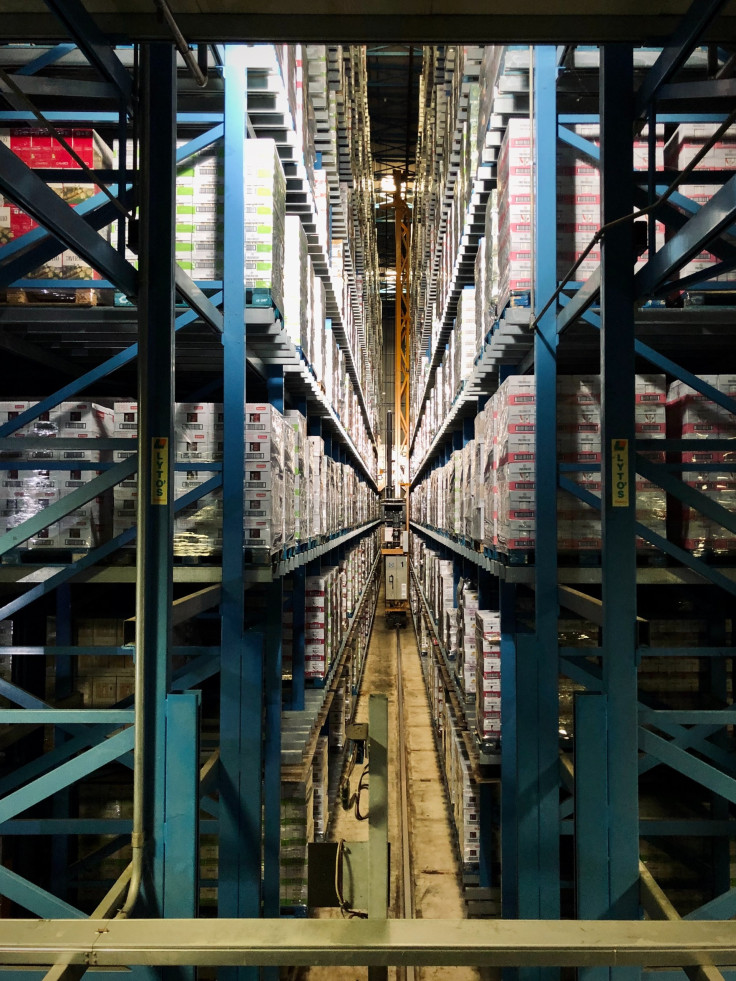How To Find The Best Place To Produce Your Products

Successful companies are always searching for new markets and prospects for growth. Traveling the globe, looking at locations for a new manufacturing facility in today's economy is common. When you determine that you should relocate your current office or development location or add a new location to the portfolio, the site selection process begins. Follow the same process if your company is new to manufacturing as well.
It's a complicated and lengthy process to find a site for a manufacturing facility. This sometimes takes several months or even years. For that reason, many businesses choose to employ outside experts to help in selecting the manufacturing sites. Outlined below is the process to find the best place to produce your products.
The process to find the best place to produce your products
Establish a detailed list of requirements

The first step in selecting a new site is to draw up a comprehensive list of selection criteria. The list should contain the most relevant credentials for the new location. For example, the new location has to be closer to the business enterprise's potential customers, or it has to be close to the nearest port. Establishing criteria will provide solutions to several concerns and differ widely from project to project and business to business.
What is important to one organization may not be important to another. For example, the headquarters and the manufacturing facility of an automotive company prioritize experienced marketing and engineering staff availability. Another priority is closeness to the home office, forcing the manufacturer to settle in an urban area. On the other hand, the producer of wood pellets, to source for fuel, might rely on the availability of resources to produce its goods. The company would possibly select a place near timber plantations.
Analyze qualitative and quantitative variables
Qualitative variables do not directly impact the growth of the business, but are still important to its performance. Qualitative considerations include the neighborhood's size and surroundings, the local school system and community access to nearby markets.
Using the examples above, it is easy to see how qualitative concerns affect the site selection process. For example, an automotive manufacturing center needs easy access to other factors such as experienced engineers, either locally trained or located. The largest group of automotive engineers in the United States is in the greater Detroit area. The automobile supplier will want to avoid major metropolitan areas because it is more interested in loyal workers likely to be found in a small town. A community college focusing on advanced automotive manufacturing processes near the plant might be required to train its workforce.
Quantitative variables, on the other hand, would have a clear impact on the operations of the organization. That includes labor rates, construction costs, logistics costs, utility rates and taxes. Facilities' operating costs must be calculated for several years to determine the best site.
Study and visit competing locations

In most cases, an organization and its consultants will request data from possible applicant countries and populations. They will also go through public opinions to produce an exact list of potential locations. You will then visit those places that are considered acceptable. Usually, your company will see between 10 and 25 possible sites.
Legislative and discretionary incentives
Incentives fall into two different categories: legislative and discretionary. Legislative incentives are certified by state or local legislation, made available to all businesses compliant with the law's provisions, such as a state employment tax credit for any company that generates a minimum number of jobs annually. Discretionary rewards are those which require the discretion of the granting party. The clients measure legislative incentives, but final site agreements naturally rely on discretionary incentives.
When the area has narrowed down to a handful of appropriate locations, the organization should turn its attention to possible rewards. Opening a new plant is a big investment on the part of the company. A good incentive package will reduce the investment risk and enable the company to open a successful and profitable plant.
Any location selected by your company must meet basic needs - a skilled workforce, closeness to consumers and suppliers, transport, etc. Businesses must consider an incentive package against the total cost of doing business. One community may offer a generous incentive package. Still, suppose taxes, electricity rates, and labor costs at that location are high over the long term. In that case, another site with lower total costs may be favored, even if its incentive package is weaker.
Finalize your decision
After the finalists have put together their best reward deals, you're in a position to make a final decision. When a decision is made, the winning site is usually confirmed by a formal agreement, referred to as a memorandum of understanding or a development agreement.
Conclusion
Your company has done all the paperwork and completed the site selection process, and the final agreement is signed; your company and the community will now work on the next phase in the process: cutting the ribbon.
© Copyright IBTimes 2025. All rights reserved.





















